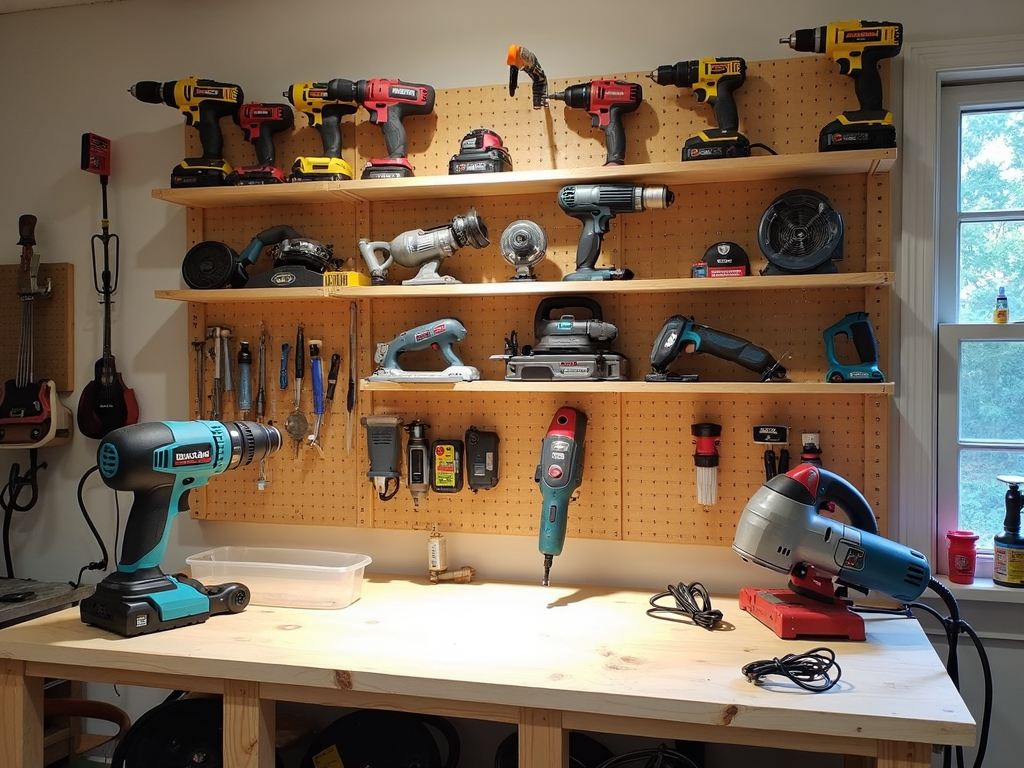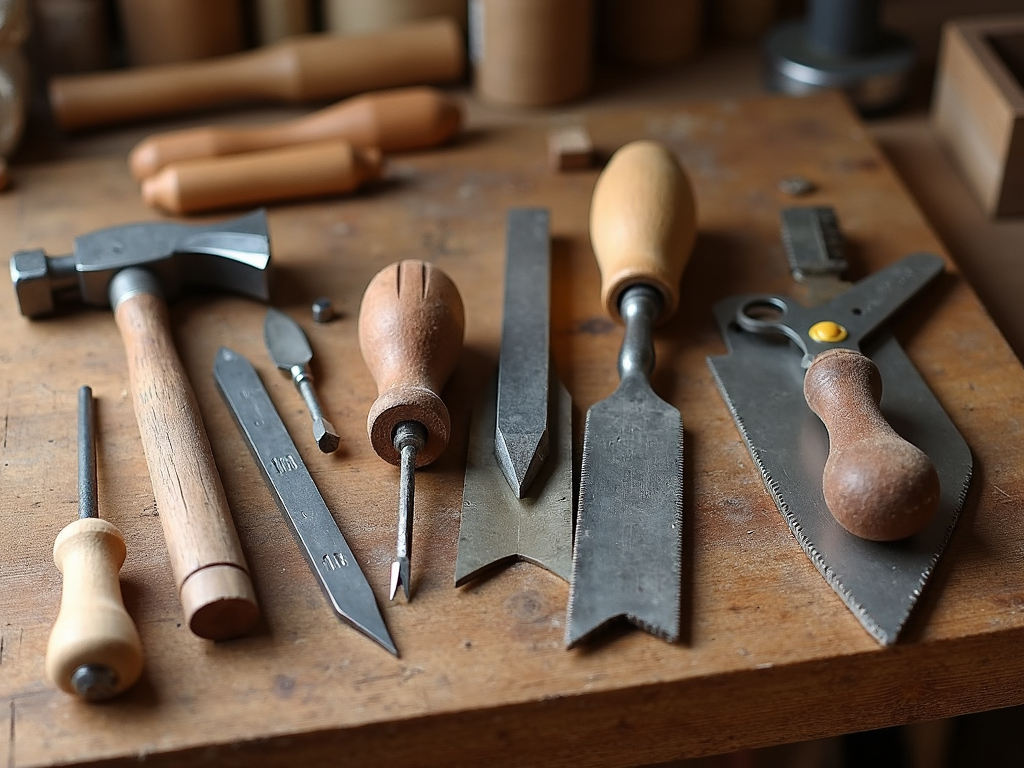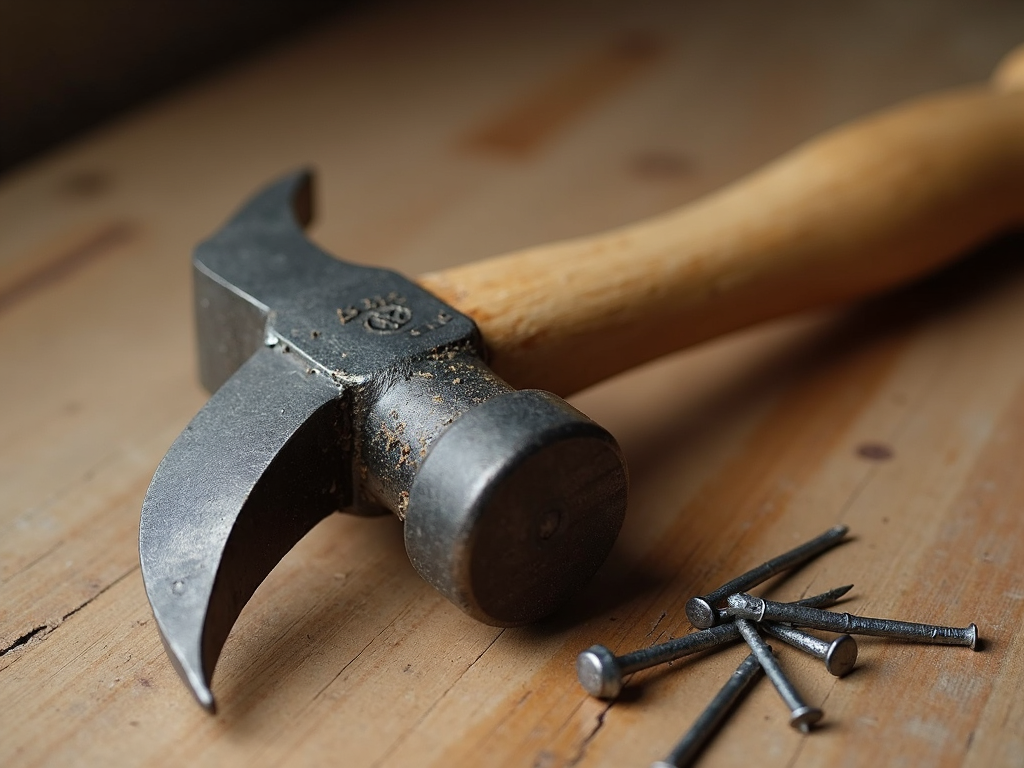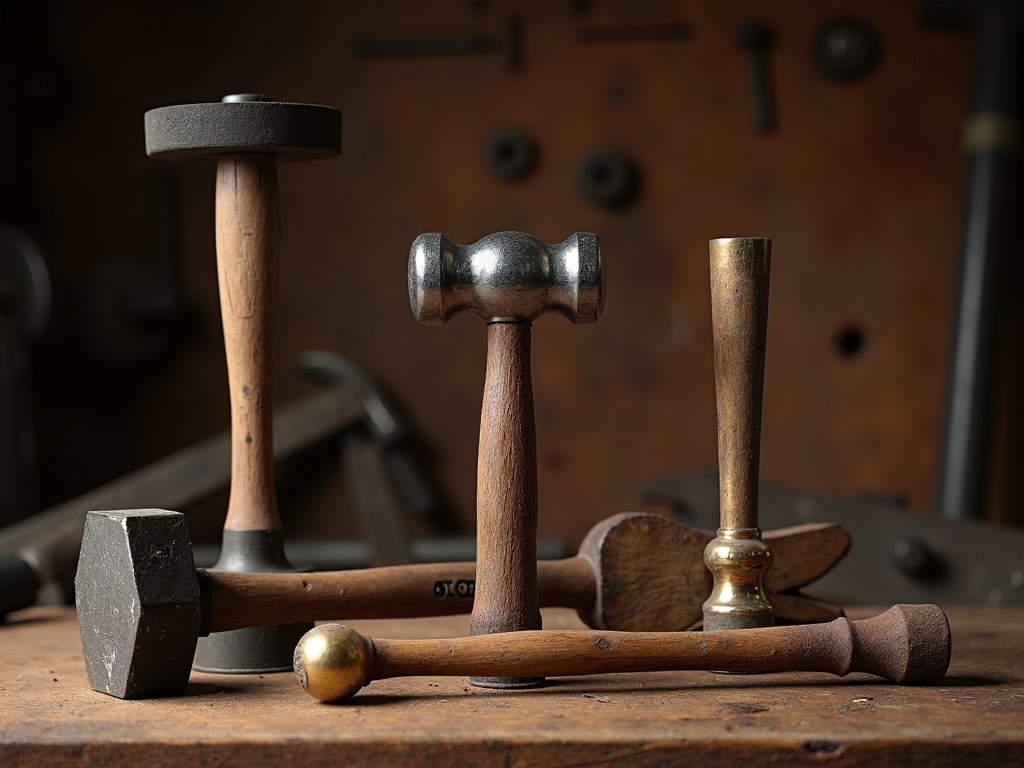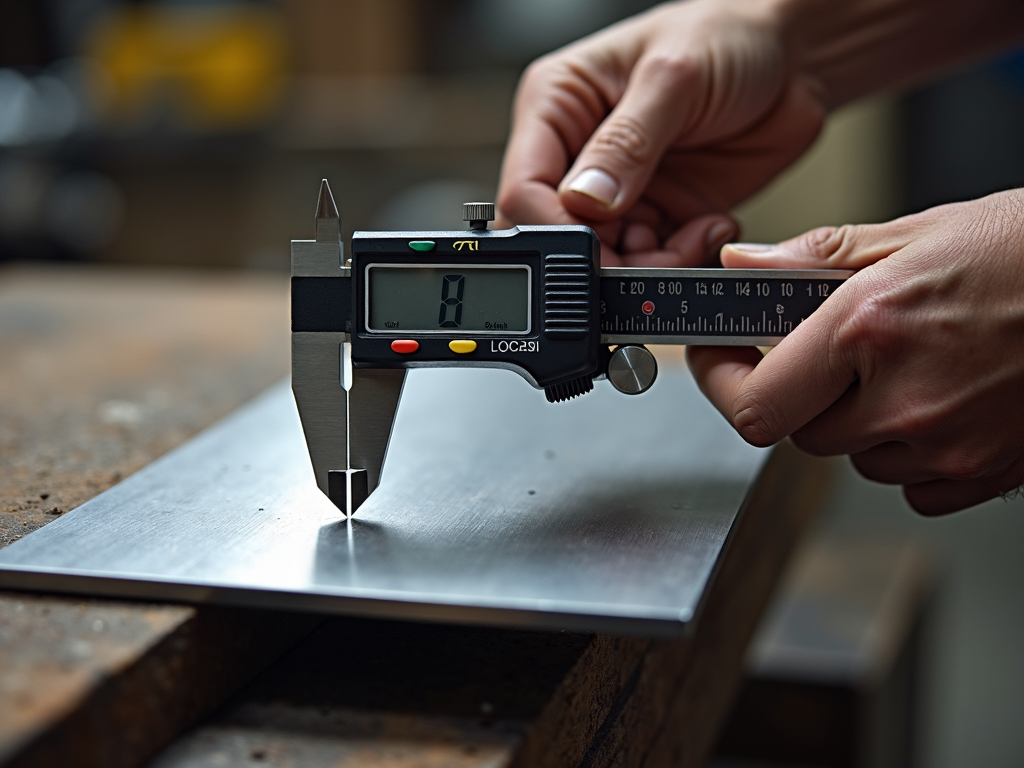Have you ever found yourself rummaging through a chaotic toolbox, desperately searching for that one wrench you need to finish a job? I know I have. It's frustrating, time-consuming, and can even lead to accidents if you're not careful. That's why organizing your toolbox is crucial for efficiency and safety. In this guide, I'll share practical tips and insights on how to organize your toolbox for maximum efficiency, with a special focus on wrenches—one of the most essential workman tools.
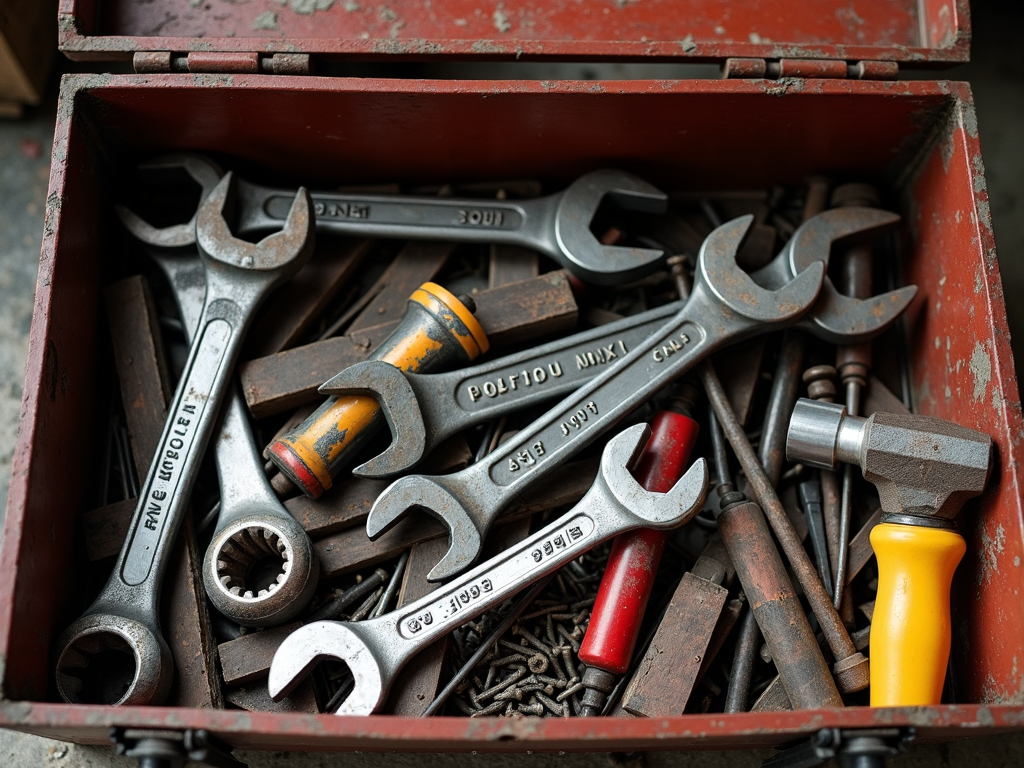
General Organizing Principles
Before diving into specific tools, let's talk about some general principles for organizing your toolbox.
Categorize Your Tools
One of the first steps in organizing your toolbox is to categorize your tools. This means grouping similar tools together. For instance, all your screwdrivers should be in one place, all your wrenches in another, and so on. This not only makes it easier to find what you need but also helps you keep track of your inventory.
In my own toolbox, I have separate compartments for different tool types. I use small plastic bins for smaller items like nails and screws, and larger sections for power tools. This system has saved me countless hours of searching for the right tool.
Organize by Frequency of Use
Another effective way to organize your toolbox is by how often you use each tool. The tools you use daily should be easily accessible, perhaps in the top tray or in a belt pouch. Less frequently used tools can be stored in the bottom of the toolbox or in a separate case.
For example, as a handyman, I use my hammer and screwdriver set almost every day, so I keep them in the most accessible part of my toolbox. On the other hand, my specialty tools, like my pipe wrench, are stored in a drawer because I don't need them as often.
Size Matters
Larger tools might need their own space, while smaller ones can be grouped together in organizers. Consider using foam inserts or pegboards to keep everything in place.
Labeling
Labeling is key. Use labels or color-coding to identify different sections or types of tools. This is especially helpful if you share your toolbox with others.

Organizing Specific Tools: Focus on Wrenches
Wrenches are a staple in any toolbox, and organizing them properly can save you a lot of time and hassle. Let's talk about the different types of wrenches and how to store them efficiently.
| Wrench Type | Description | Best For |
|---|---|---|
| Adjustable | Can fit various bolt sizes | General use |
| Combination | Open and box ends | Versatility |
| Socket | For tight spaces | Automotive work |
| Torque | Precise tightening | Critical applications |
Adjustable Wrenches
Adjustable wrenches, also known as crescent wrenches, are versatile tools that can fit a range of bolt sizes. They are great for general use but can be prone to slipping if not adjusted properly.
To store adjustable wrenches, keep them in a dedicated slot or compartment. Since they come in various sizes, arrange them from smallest to largest for easy selection.
Combination Wrenches
Combination wrenches have both an open end and a box end, making them useful for different tasks. The open end is good for quick loosening, while the box end provides better grip for tighter bolts.
Organize combination wrenches by size, and consider using a wrench roll or a magnetic strip to keep them in order.
Socket Wrenches
Socket wrenches are essential for working in tight spaces, especially in automotive repair. They come with a variety of socket sizes, so it's important to keep the sockets organized as well.
Use a socket organizer or a rail system to keep your sockets in order. Label each slot with the socket size for quick identification.
Torque Wrenches
Torque wrenches are used when precise tightening is required, such as in engine work. They are delicate tools and should be stored carefully to maintain their accuracy.
Store torque wrenches in their original cases or in a padded compartment to protect them from damage.
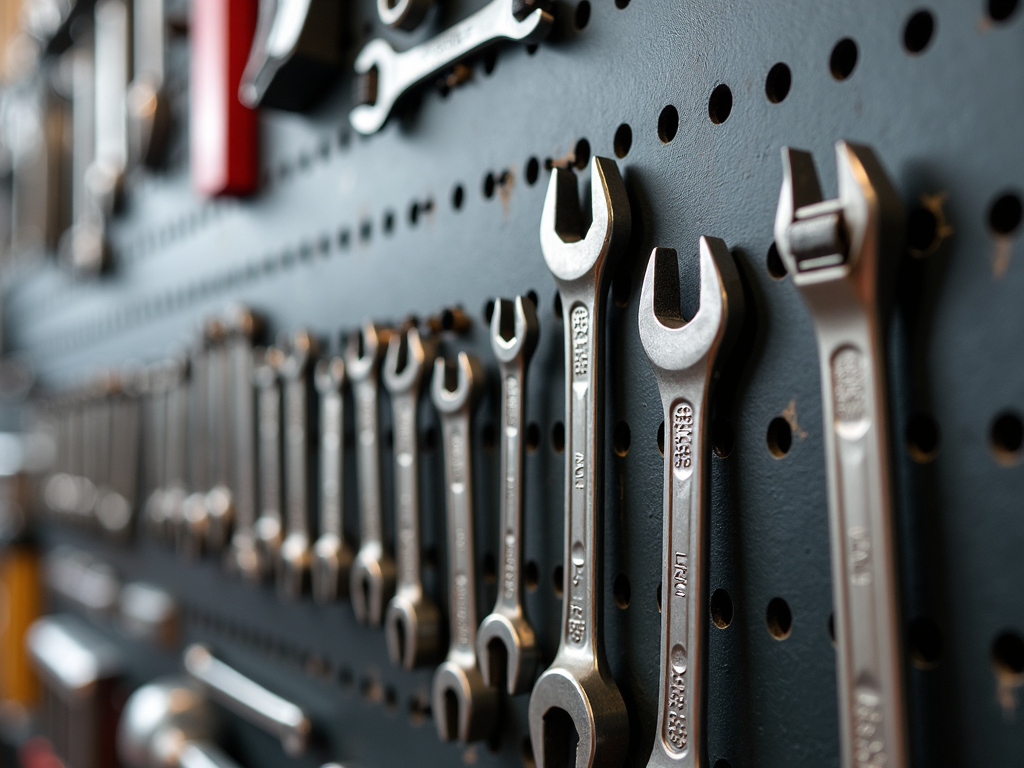
Maintenance and Storage Tips
Proper maintenance and storage of your tools, especially wrenches, are essential for their longevity and performance.
Cleaning Your Tools
- Wipe off excess dirt with a clean cloth.
- Use a brush to remove stubborn grime.
- Dry the tool completely to prevent rust.
- Apply a light coat of oil to protect the metal.
Preventing Rust
- Store tools in a dry, cool place.
- Use silica gel packs in your toolbox to absorb moisture.
- Regularly inspect tools for signs of rust and address immediately.
Storing Your Tools
- Use a toolbox with individual slots or a wrench roll.
- Keep tools separated to avoid damage.
- For wrenches, consider a wrench holder or magnetic strip.
For more detailed information on tool maintenance, you can visit the Occupational Safety and Health Administration (OSHA) website.
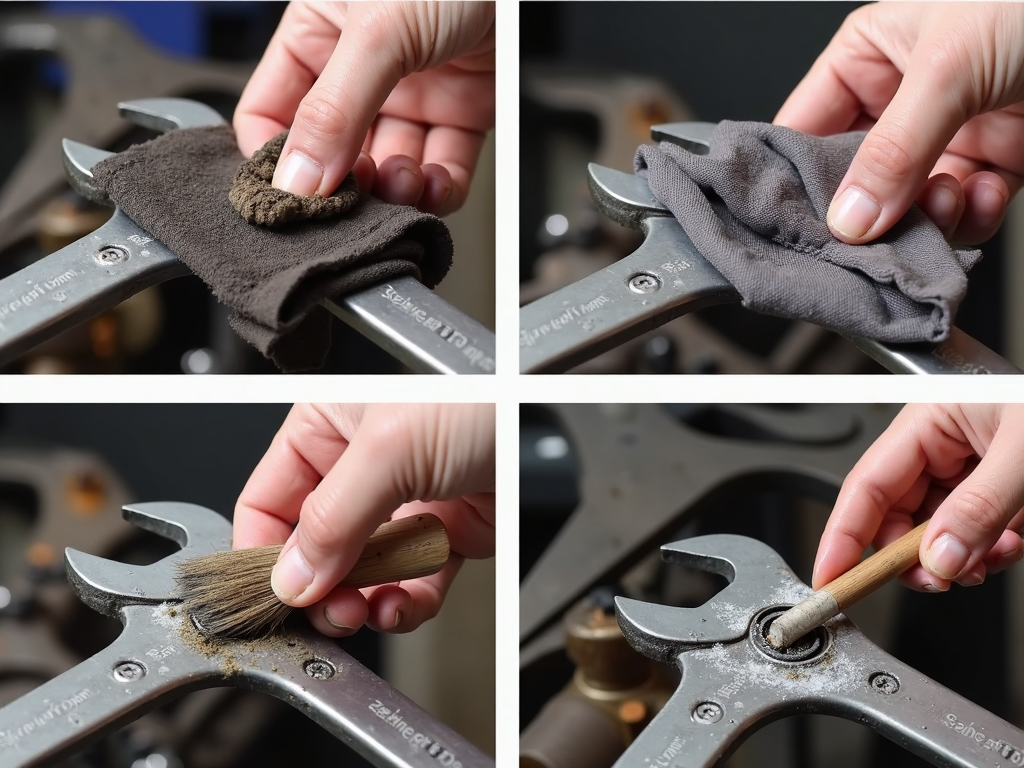
Conclusion
In conclusion, organizing your toolbox for maximum efficiency involves categorizing your tools, using organizers, labeling, and maintaining your tools properly. By following these tips, you can save time, reduce frustration, and work more safely.
Remember, a well-organized toolbox is a key to efficient and enjoyable work.
Related How to Organize Your Toolbox for Maximum Efficiency:
- The Top Power Tools Every Home Workshop Should Have
- Beginner's Guide to Woodworking Tools
- Essential Tools for Every Handyman: A Comprehensive Guide
- The Evolution of Painting Techniques Through History: From Cave Walls to Modern Tools
- Toolbox Essentials: Organizing Like a Pro
- Boost Your Energy: Nutrition Tips for a Productive Day
- Specialty Hammers for Crafts and Hobbies: Essential Tools for Precision Work
- Safety First: Protecting Yourself in the Workshop
- DIY Workshop Safety Tips for Every Hobbyist: A Comprehensive Guide
- How to Prep Your Room for Painting: A Comprehensive Guide
- Essential Workman Tools for Metalworking: A Comprehensive Guide
- Top Workman Tools for Electricians: Must-Haves for Every Job
